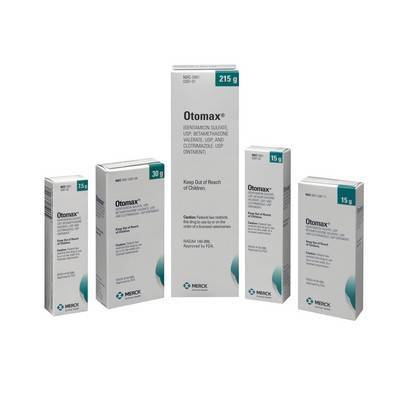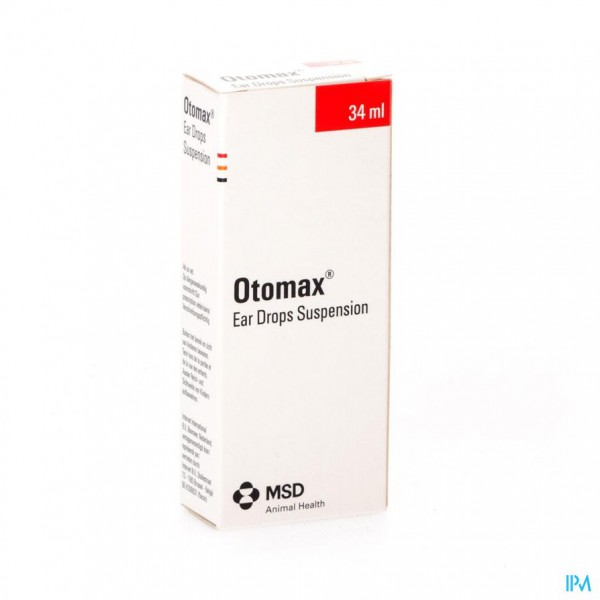

If a ruptured tympanic membrane is discovered, the outer ear will then directly communicate with the middle ear and may result in temporary hearing loss.

It is not unusual for us to sedate pets with severe ear infections to properly diagnose, clean, and treat the ears. Sometimes, the pet is so painful it is impossible or inhumane to examine the ear canal while it is awake.

In a tolerant pet, your veterinarian will visualize the ear canal to see if it is swollen or ulcerated, debris or mass present, and if the tympanic membrane (a clear, curtain-like membrane that separates the outer ear from the middle ear) is intact. Second, your veterinarian will use a special instrument, called an otoscope, to closely examine your pet’s ears. Does your pet get ear infections two to three days after swimming or being groomed? Increased moisture in ear canal may be an issue for this pet. Is your pet on flea preventative? Pets with allergic reaction to fleabites will frequently scratch their hindquarters, but may also scratch around head and neck area. Does your pet itch elsewhere? Pets with food allergies frequently scratch their ears and shake their head, rub their face, and lick their paws and anal area. Does your pet have ear problems all the time? Food, house dust and mold allergies occur year-round. Have you noticed that your pet gets an ear infection around the same time every year? For example, “Does your pet itch and rub his/her ears every spring during peak tree pollen season?” 2. During this discussion, your veterinarian will ask you some key questions:ġ. Your veterinarian will take a complete oral history before he/she performs a comprehensive physical examination. How can I resolve it? First, see your veterinarian for an accurate diagnosis. In the unlikely event that allergies are not the underlying cause for your pet’s ear infection, I would then suspect the following predisposing factors: high moisture (swimming), poor ventilation (big floppy ears), suppressed immune system (like pets with hypothyroidism and Cushing’s Disease), mites, foreign bodies (like plant material) and poor conformation (like narrow ear canals found commonly in Chinese Shar-pei, Pug and Pekingese dogs). Allergies may also be triggered by allergens your pet’s skin, eyes, ears and nose may come in contact with – like tree pollen, grasses, house dust, molds, weeds, perfumes, aerosol home cleaning products, insects and wool. My top reason why pets get ear infections is allergies.Īllergies may be triggered by ingestion of certain foods, like beef, dairy products, chicken, lamb, fish, eggs, corn, wheat, and soy. Some event or underlying disease must precipitate it. “Good news,” I told her, “today we will begin a new treatment plan to resolve your pet’s yeast infection.”Įar infections do not spontaneously occur. She could not believe that she allowed her pet to suffer six months. As you may have guessed, there were no mites. Every week, for the last six months, this client has been cleaning her pet’s ears and treating with ear mite medication with no success.Īfter gathering her pet’s history and performing a complete physical examination, I took a swab of her pet’s ear debris, applied a special stain, and looked under the microscope for presence of yeast, bacteria and mites. She said a pet store clerk told her that it was ear mites after she described dark, gritty debris in her sheltie’s ears. I asked this new client who diagnosed this problem. One new client brought her sheltie to see me with a six-month history of ear mite infestation. Recently, I have seen an exorbitant number of new clients with pets with chronic ear infections, called otitis.


 0 kommentar(er)
0 kommentar(er)
